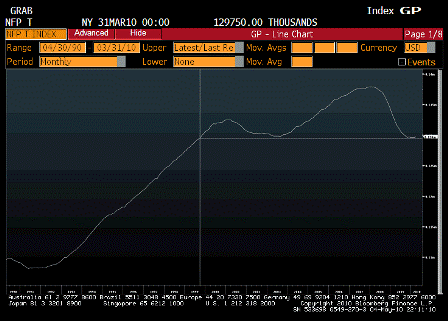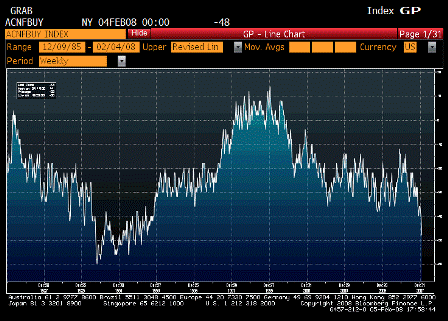The news flow from last week was so voluminous it was nearly impossible to process. For good measure I want to start today’s commentary with a simple recap of what happened.
On the negative side –
· Greece called a referendum and threw bailout plans up in the air taking Greek 2yrs from 70% to 90% or +2000bps.
· Italian 10yr debt collapsed 40bps with spreads to Germany out 70bps. The moves were far larger in the 2yr sector.
· France 10y debt widened 25bps to Germany. At one point spreads were almost 40 wider.
· Italian PMI and Spanish employment data were miserable.
· German factory orders plunged 4.3 percent on the month.
· The planned EFSF bond for 3bio was pulled.
· Itraxx financials were +34 while subs were +45.
· Draghi predicted a recession for Europe along with disinflation.
· The G20 was flop – there was no agreement on IMF involvement in Europe.
· The US super committee deadline is 17 days away with no clear agreement.
· The 8th largest US bankruptcy in history took place.
· US 10yr and 30yr rallied 28bps, Spoos were -2.5%, the Dax was -6% and EURUSD was -3%.
· German CDS was up 16bps on the week.
On the positive side –
· The Fed showed its hand with tightening dissents now gone and an easing dissent in place.
Too bad what they call ‘easing’ at best has been shown to do nothing.
· The Fed’s significant downside risk language remained intact.
Downside risks sound like bad news to me.
· In the press conference Ben teed up QE3 in MBS space.
Which at best have been shown to do little or nothing for the macro economy.
· US payrolls, claims, vehicle sales and productivity came in better than expected.
And the real output gap if anything widened.
· S&P earnings are coming in at +18% y/y with implied corporate profits at +23 percent q/q a.r.
Reinforces the notion that it’s a good for stocks, bad for people economy.
· Mortgage speeds were much faster than expectations suggesting some easing refi pressures.
And savers holding those securities saw their incomes cut faster than expected.
· The ECB cut 25bps and indicated a dovish forward looking stance.
Which reduced euro interest income for the non govt sectors
· CME Margins were reduced.
Just means volatility was down some.
· There was a massive USDJPY intervention which may be a precursor to a Swiss style Japanese policy easing.
Which, for the US, means reduced costs of imports from Japan, which works against US exports, which should be a good thing for the US as it means for the size govt we have, taxes could be lowered to sustain demand, but becomes a bad thing as our leadership believes the US Federal deficit to be too large and so instead we get higher unemployment.
· The Swiss have indicated they want an even weaker CHF – possibly EURCHF 1.40.
When this makes a list of ‘positives’ you know the positives are pretty sorry
· The Aussies cut rates 25bps
Cutting net interest income for the economy.



